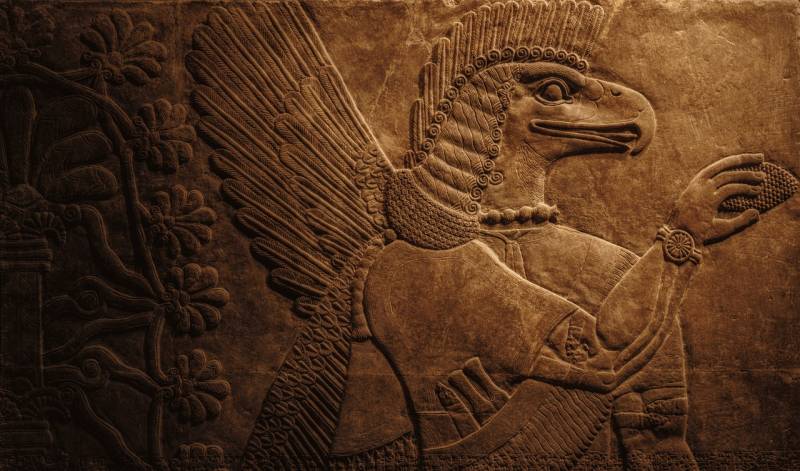The economy of antiquity: about the birthplace of loans and credits

Consumer and commercial loans, interest rates - all this is so familiar to modern man. At the same time, despite the fact that the above-mentioned terms at first glance seem to be something relatively “young” and “advanced”, they, in fact, like the economy itself, appeared in ancient times.
Thus, the earliest evidence of loans dates back as far as 2000 BC. It was then that the Sumerian temples began to distribute food to the population "until the next harvest."
By the way, the temples in Mesopotamia occupied the public sector of the economy. But there was also a private one - merchants, artisans and farmers.
Later, the credit system in the Ancient Mesopotamia became more complicated. Firstly, even individuals began to issue loans and credits. That is, any inhabitant of Mesopotamia could lend food to another, less fortunate in terms of harvest.
Second, there are interest rates. Yes, according to historical According to the data obtained from the deciphered cuneiform tablets, the return of the issued food was made after the harvest of the next crop. And its volume was 25-30% more than received.
Tellingly, such a system suited the tsar, who introduced "credit amnesties." So, on any day, the ruler of Mesopotamia could by his decree forgive part of the loans. It was, in modern terms, a system of social support from the state. But, at the same time, it is also the oldest evidence of populism.
Finally, commercial loans appeared in Mesopotamia. True, unlike consumer ones, they were issued not with food, but mainly with silver and were used by merchants to purchase goods.
Information